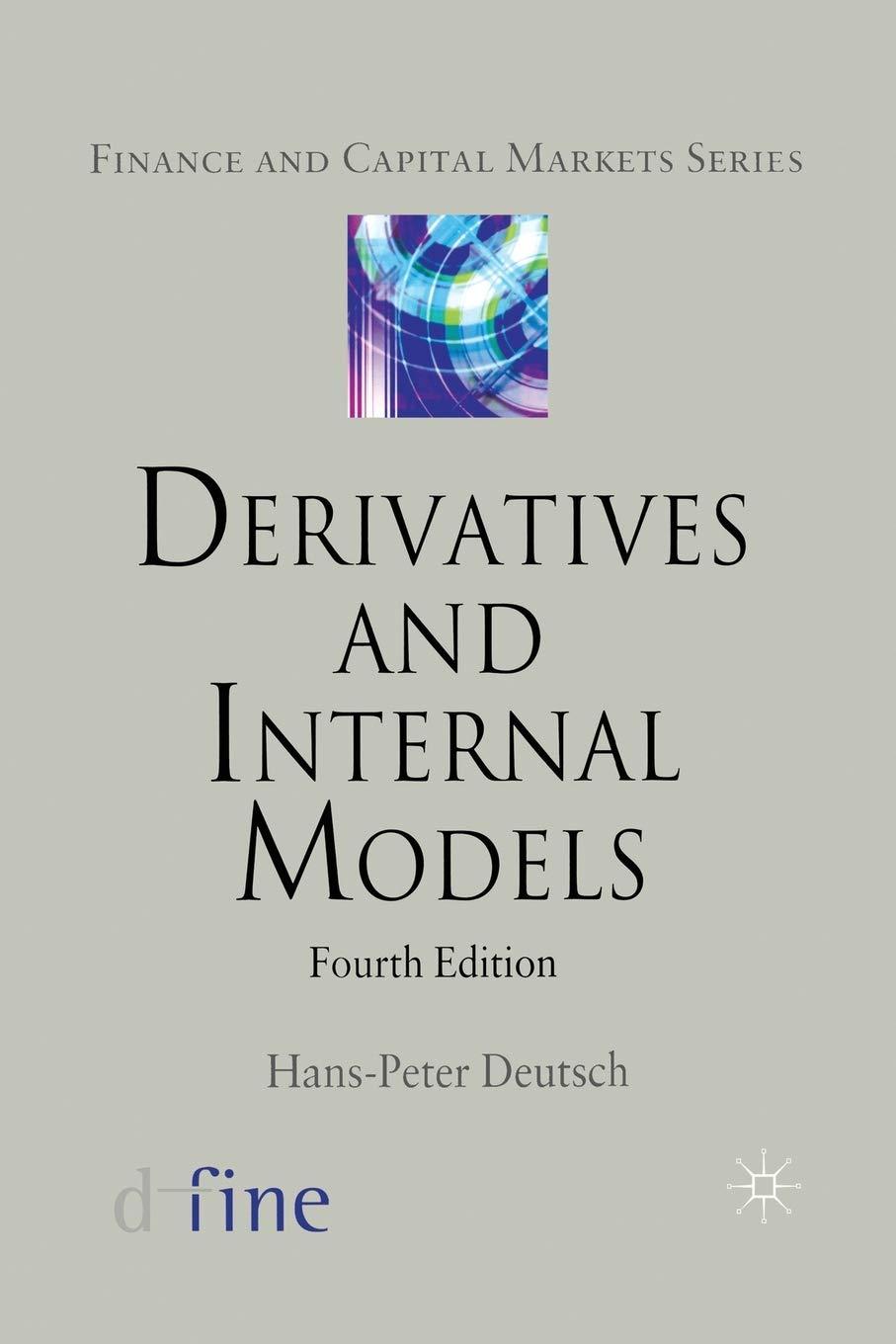Answered step by step
Verified Expert Solution
Question
1 Approved Answer
Part A: Which plan is better if future distributions of the traditional (tax-free) IRA are taxed at an income tax rate of 26%? Calculate the


Part A: Which plan is better if future distributions of the traditional (tax-free) IRA are taxed at an income tax rate of 26%?
Calculate the future worth (FW) of savings under the Roth IRA plan and the future worth of savings under the tax-deductible IRA plan?
Part B: Which plan is better if the future income tax rate at retirement (end of year 16) is 29%?
Calculate the future worth (FW) of savings under the Roth IRA plan and the future worth of savings under the tax-deductible IRA plan?
A Roth IRA enables an individual to invest after-tax dollars during the accumulation phase of a retirement plan. The money is then income tax free when it is withdrawn during retirement. A tax-deductible IRA, on the other hand, provides an upfront tax deduction for the annual contribution, but it then requires income taxes to be paid on all future distributions. A basic assumption as to which plan is more beneficial concerns the current income tax rates versus their projected rates in the future. To illustrate, suppose that S2,400 is available to invest at the end of each year for 16 years. The income tax rate now and into the foreseeable future is 26%, so $2,400(1 - 0.26) = $1,776 is invested annually into the Roth IRA. However, $2,400 per year can be invested into a tax-deductible IRA. Money invested under either plan will be deposited into a mutual fund earning 7% per year, and all accumulated money will be withdrawn as a lumpsum at the end of year 16. A Roth IRA enables an individual to invest after-tax dollars during the accumulation phase of a retirement plan. The money is then income tax free when it is withdrawn during retirement. A tax-deductible IRA, on the other hand, provides an upfront tax deduction for the annual contribution, but it then requires income taxes to be paid on all future distributions. A basic assumption as to which plan is more beneficial concerns the current income tax rates versus their projected rates in the future. To illustrate, suppose that S2,400 is available to invest at the end of each year for 16 years. The income tax rate now and into the foreseeable future is 26%, so $2,400(1 - 0.26) = $1,776 is invested annually into the Roth IRA. However, $2,400 per year can be invested into a tax-deductible IRA. Money invested under either plan will be deposited into a mutual fund earning 7% per year, and all accumulated money will be withdrawn as a lumpsum at the end of year 16Step by Step Solution
There are 3 Steps involved in it
Step: 1

Get Instant Access to Expert-Tailored Solutions
See step-by-step solutions with expert insights and AI powered tools for academic success
Step: 2

Step: 3

Ace Your Homework with AI
Get the answers you need in no time with our AI-driven, step-by-step assistance
Get Started


